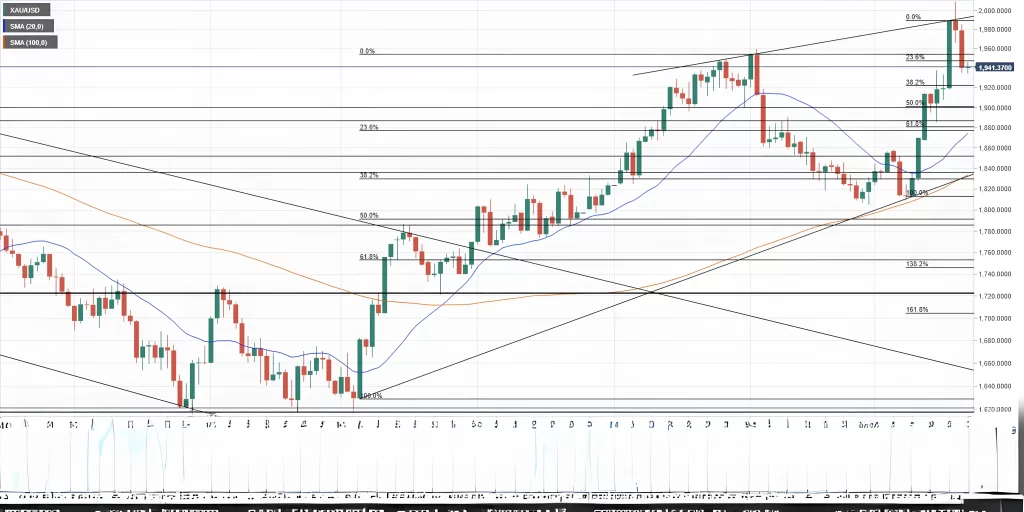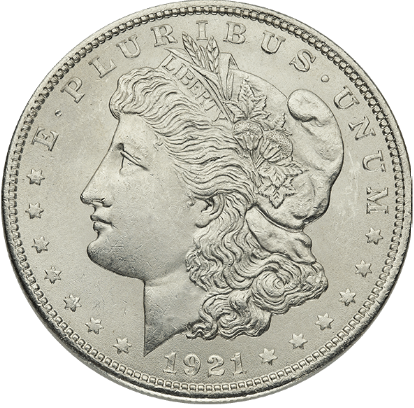How Does the FOMC Decision Affect the Price of Silver?
The Federal Open Market Committee (FOMC) plays a crucial role in shaping U.S. monetary policy, and its decisions significantly impact the financial markets—including precious metals like silver. Investors looking to safeguard their wealth or profit from silver should understand how FOMC actions influence its price. This blog explores the relationship between FOMC decisions and silver prices, focusing on interest rates, inflation, market reactions, and investment strategies.

Understanding the FOMC and Its Role
The FOMC plays a pivotal role in shaping U.S. monetary policy, primarily by managing the federal funds rate to influence economic stability and growth. This rate influences borrowing costs, inflation, and economic growth, which in turn affect demand for precious metals.
The key factors influenced by FOMC decisions include:
- Interest Rates: Higher rates strengthen the dollar and reduce silver’s appeal, while lower rates make silver more attractive as a store of value.
- Inflation Expectations: When the Fed signals rising inflation, silver becomes a preferred hedge, driving up demand.
- Market Sentiment: Investor confidence or uncertainty following FOMC decisions can impact silver prices dramatically.
How Interest Rate Decisions Affect Silver
Interest rates have an inverse relationship with silver prices:
- Rate Hikes: When the Fed raises interest rates, the U.S. dollar strengthens, making silver more expensive for investors holding other currencies. This typically leads to lower silver prices.
- Rate Cuts: Lower rates weaken the dollar, making silver a more attractive asset. Investors often turn to silver when real interest rates are negative, as it serves as a hedge against currency depreciation.
Inflation and Silver Prices
Silver has long been regarded as a reliable safeguard against inflation, offering investors a tangible asset that retains its value when the purchasing power of fiat currency declines. When the Fed signals higher inflation or implements policies that increase money supply, silver prices tend to rise. This is because:
- Inflation erodes the value of paper currency, making silver a safer store of value.
- Investors seek hard assets like silver to protect their purchasing power.
Market Reactions to FOMC Decisions
The financial markets, including commodities like silver, react swiftly to FOMC statements. Investors watch closely for:
- Policy Statements & Press Conferences: The tone of Fed officials can influence investor sentiment and silver prices.
- Economic Data: Indicators like GDP growth, employment rates, and inflation figures provide clues about future Fed actions.
- Geopolitical & Economic Stability: When uncertainty looms, silver demand often surges as a safe-haven asset.
Investment Strategies for Silver Investors
Given the impact of FOMC decisions on silver, investors can adopt several strategies:
- Monitor Fed Announcements: Keep an eye on FOMC meeting schedules, rate decisions, and Fed speeches to anticipate price movements.
- Diversify Your Portfolio: Holding a mix of silver bars, coins, and ETFs can hedge against volatility.
- Use Dollar-Cost Averaging: Instead of timing the market, invest in silver at regular intervals to reduce risk.
- Leverage Inflation-Protected Investments: Pair silver with other inflation-resistant assets like gold and commodities.
- Consider Futures & Options Trading: More advanced investors can use derivatives to hedge against silver price fluctuations.
Final Thoughts
FOMC decisions have a direct impact on silver prices through interest rates, inflation expectations, and market sentiment. Investors who stay informed and adopt strategic approaches can navigate these fluctuations effectively. Whether you’re a long-term investor or a trader looking for short-term opportunities, understanding the Fed’s influence on silver will help you make better financial decisions.


